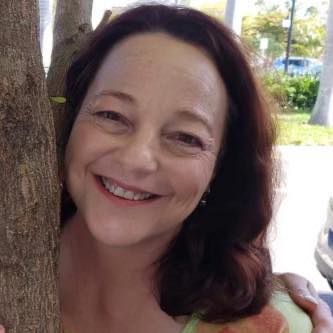– By Lisa Hamilton
In a world in which it’s often difficult to determine the moment when the sublime becomes ridiculous, when the ordinary becomes extraordinary, when the good goes wrong, it’s both satisfying and disturbing to see a performance depicting the vast variety of human experience and emotion as 1930s Germany slid into Hitler’s Third Reich.
In its The Movie Teller, The Wild Bunch theatre troupe of Berlin creatively and engagingly uses the worldwide transition from silent film to “talkies” to put a frighteningly human face on the rise of the Nazi party in last century’s Germany. Three actors masterfully act as nine characters, bending generations and gender, using film, instruments, simple props, and dialogue told in their native German. My inability to understand German was not a hinderance, focusing me on both the actors’ masterful physicality and the inventiveness of their story, based on the novel by Gert Hormann.
A handout giving a synopsis of each of 12 scenes in both Spanish and English is helpful. In contrast to a play that tells a story, The Movie Teller presents scenes that uncover moments when art, politics, poverty, and sex collide, tumbling toward evil and waste. These collisional moments are sometimes subtle and sometimes blatant, but they are the constant that unifies the production. Consider the use of an ordinary soup ladle as well, a soup ladle, and then as a prop that is both sexualized and a saddle horn, and still later as a threatening weapon. Or empty film canisters used as cymbals, a podium, and as a way to show the chaos Hitler used for his purposes. Or Nazi flags, strung like pennants spelling Happy Birthday at a children’s party that become a net trapping a character. Chilling.
Two of the actors also serve as musicians, one on drums and the other on alto sax. While music serves to transition between the scenes, it also plays a shocking role in a silent newsreel. Not only do The Movie Teller’s themes collide, two of the vehicles for expressing its themes –silent film and music — do as well. This is a richly layered production, worth seeing more than once.
Given the frequent shifting from childhood to adolescence to adulthood and old age and back again, the black and white backdrop that looks like it were drawn by Harold of purple crayon fame is haunting. As is this production. Don’t miss it. You’ll be remembering it and thinking about it long after the excellent trio of actors have taken their bows.
A note: While a group of teens was riveted to the production, it could be dull to children and confusing for tweens – and frightening for both groups.
